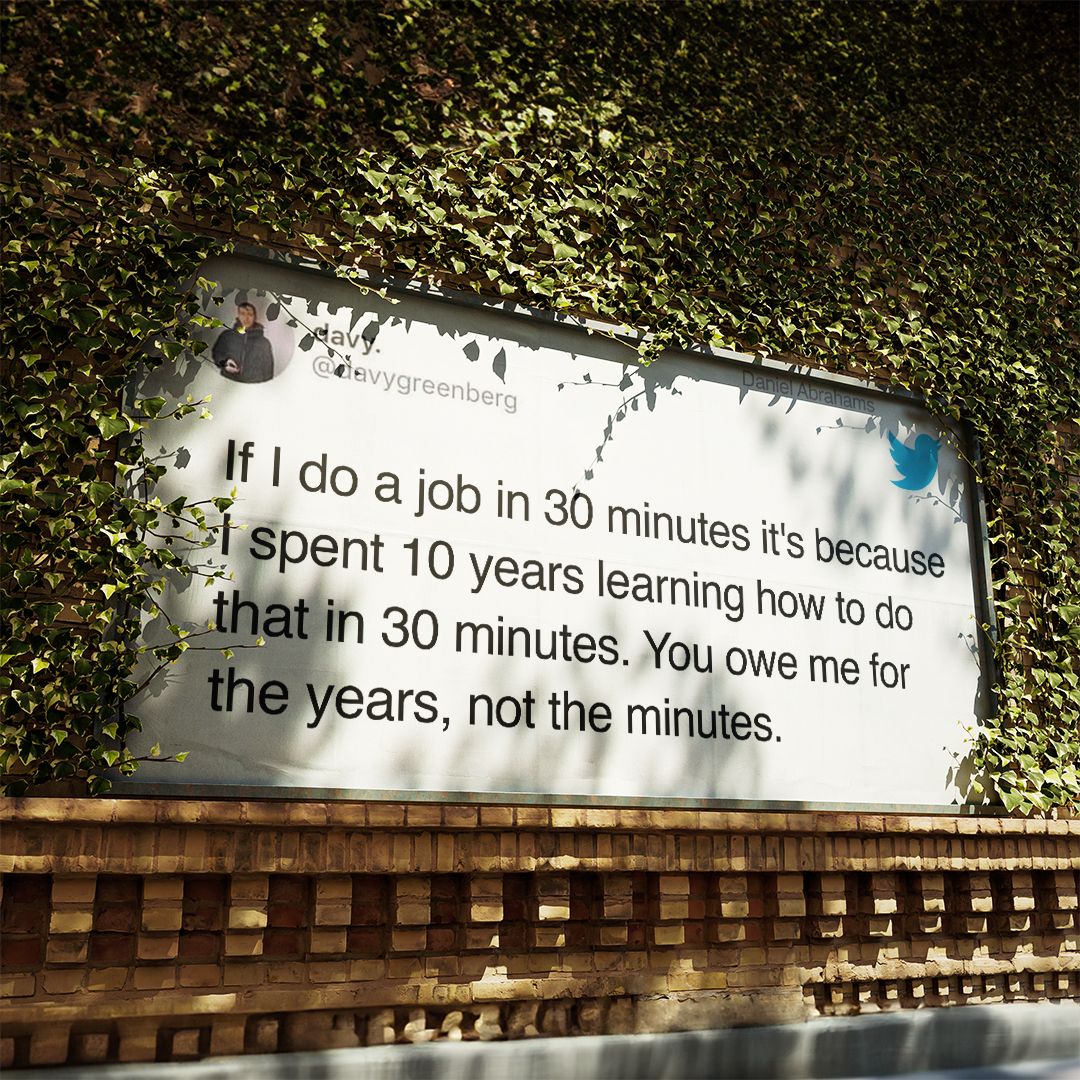Computational Biology is not Cheap
A favorite fantasy of some of my experimental colleagues is the fully-trained, competent computational biology PhD student or postdoc in my lab a few months before the end of their contract, who they can ask to be parachuted into an existing project in the colleague’s lab that has jammed up, and quickly do “the analyses”.
There are scenarios where such an arrangement can be beneficial for all. But by common experience, that is unusual. And we might savor the assumptions behind asking the question: there is a researcher whose projects would have finished before time, and have led to no important follow-up. The person would be competent, but have no exciting own ideas. They would be more motivated by doing more of the same for a middle-authorship on someone else’s paper than, say, earning money by consulting, backpacking around the world, or some other extracurricular activity.
Not rarely goes this along with the view that computational research1 is cheap, its resourcing can be dealt with as an afterthought, and it can be the first to be slashed when things get tough.
It reminds me of that story about Pablo Picasso.
Picasso was enjoying a meal at a restaurant when a man interrupted him, handed him a napkin and asked:
“Could you sketch something for me? I’ll pay. Name your price.”
Picasso took the napkin, pulled a charcoal pencil from his pocket and started sketching. Using only a few strokes, he drew a goat that was unmistakably a Picasso. He held it up for the man to see.
The man smiled and reached to take the sketch. But Picasso withheld it.
“That will be $100,000.” Picasso said.
The man was astonished. “$100,000?! You drew that in 30 seconds!”
Picasso crumpled up the napkin and stuffed it in his pocket.
“You’re wrong.” he said.
“It’s taken me 40 years to do that.”
Know your worth.
Quoted from Daniel Abrahams
Footnotes
As Robert Gentleman pointed out, the points made here analogously apply to the field statistics.↩︎
